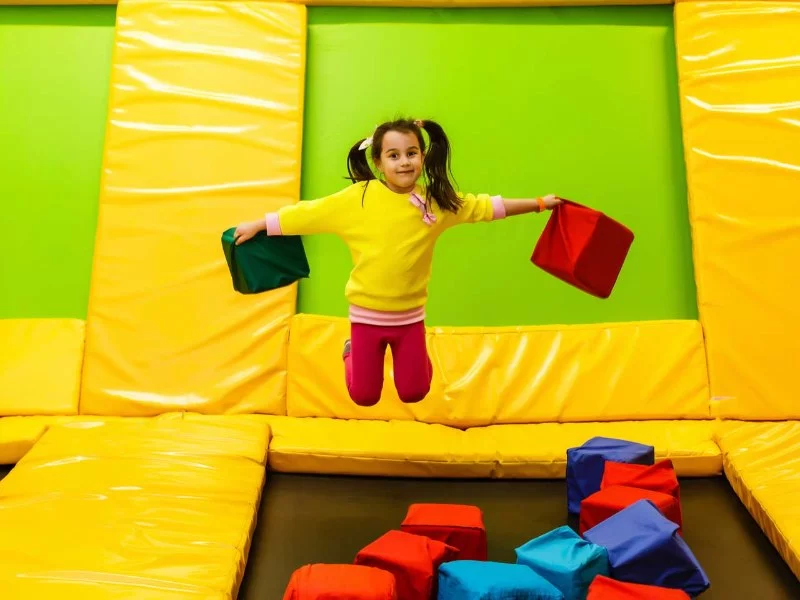
- are-trampoline-parks-safe-for-kids
- understanding-common-risks-in-trampoline-parks
- what-makes-a-trampoline-park-safe
- age-appropriate-activities-and-safety-zones
- parental-responsibility-and-proactive-steps
- choosing-the-right-trampoline-park-for-your-kids
1. Are Trampoline Parks Safe for Kids?
Trampoline parks have exploded in popularity across the United States, offering kids a fun way to stay active and burn off energy. But as a parent, it’s natural to ask: are trampoline parks safe for kids? While these facilities are designed with safety in mind, risks still exist—just as they do in any physical activity. The key lies in understanding those risks and how to manage them. With the right knowledge and a proactive mindset, you can make trampoline time both fun and safe for your children.
2. Understanding Common Risks in Trampoline Parks
Before diving into safety features and best practices, it’s important to address what can go wrong. According to a study published in *Pediatrics*, trampoline park injuries have been on the rise, particularly among children aged 6 to 14. The most common injuries include sprains, fractures, and concussions. These often occur when multiple jumpers are on the same trampoline, when flips are attempted without supervision, or when safety rules are ignored.
In one widely shared 2023 case, a 9-year-old from Texas broke her arm at a trampoline park after an older child landed on her trampoline square. The park had clear rules about one jumper per square, but they weren’t enforced properly. This kind of real-world example shows how crucial park management and supervision are in ensuring safety.
3. What Makes a Trampoline Park Safe?
Not all trampoline parks are created equal. Here are several key factors that distinguish a safe park from a risky one:
3.1. Professional Park Design
Quality trampoline parks use foam padding, spring covers, and impact-absorbing materials throughout their facility. Look for parks certified by organizations like ASTM International, which provide safety standards for trampoline park equipment and operations.
3.2. Trained Staff and Supervision
Well-trained staff can make a huge difference. Parks should have team members strategically placed across zones to monitor behavior, enforce rules, and assist when needed. Some of the best facilities even require safety briefings before entry.
3.3. Clear Rules and Signage
Look for visible rules that address age limits, jumping conduct, and prohibited actions (like flips or double bouncing). Parks with clear, enforced rules are often the safest.
4. Age-Appropriate Activities and Safety Zones
4.1. Separating Toddlers and Teens
Trampoline activities should be tailored to age and skill level. Many injuries happen when children of vastly different ages jump in the same area. Good parks create separate zones for toddlers, younger kids, and teens to ensure safer play.
4.2. Low-Risk Zones for Young Children
Some parks include foam pits, small bounce areas, and soft play zones specifically for younger kids. These areas are ideal for introducing your child to the environment without overwhelming them.
4.3. Why Oversight Matters More for Little Jumpers
Even in toddler-friendly areas, direct supervision is key. Younger kids don’t always understand rules or boundaries, and it’s up to adults to help them navigate the space safely.
5. Parental Responsibility and Proactive Steps
As a parent, you’re the first line of defense when it comes to your child’s safety. Here's how you can help:
5.1. Pre-Visit Checklist
Call ahead to ask about safety certifications, staff training, and whether zones are age-segregated. Visit the park yourself if possible before bringing your child.
5.2. Dress for Safety
Avoid loose clothing and jewelry. Make sure your child wears grip socks and tie back long hair. These simple steps can prevent slips and tangles.
5.3. Educate Your Kids
Talk to your kids about the rules before they go. Explain why double bouncing is dangerous and why they should always land on two feet. Awareness can prevent many common injuries.
6. Choosing the Right Trampoline Park for Your Kids
6.1. Do Your Research
Read reviews online, check social media for real visitor feedback, and explore park websites. A good facility will be transparent about its safety policies and staff training.
6.2. Visit Trampoline Zone for Trusted Options
If you're unsure where to start, head over to Trampoline Zone to find the most reliable trampoline parks and products designed for family fun and safety. Our platform is built to help U.S. parents make informed decisions with peace of mind.
6.3. Ask Other Parents
Word of mouth is a powerful tool. Ask local parents about their experiences. They can often give you honest insight that websites and ads might not.


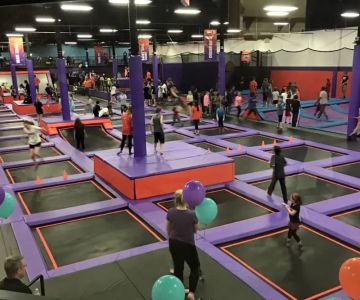
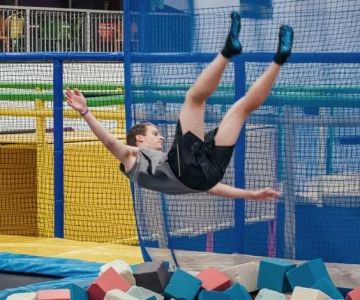
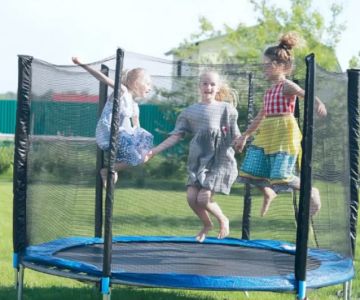
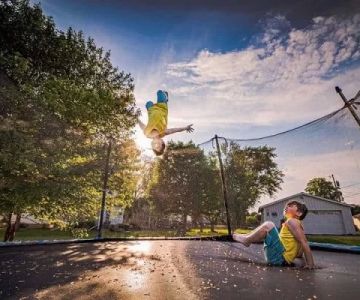
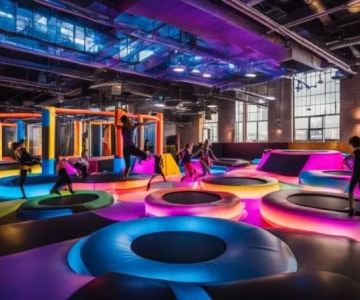
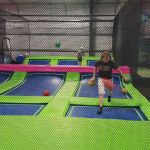 UpSurge Trampoline Park4.0 (523 reviews)
UpSurge Trampoline Park4.0 (523 reviews) Shadrack's Christmas Adventure at Soaky Mountain Waterpark3.0 (169 reviews)
Shadrack's Christmas Adventure at Soaky Mountain Waterpark3.0 (169 reviews) Power Haus4.0 (82 reviews)
Power Haus4.0 (82 reviews)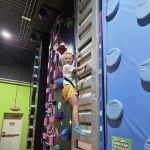 Funcity Adventure Park4.0 (41 reviews)
Funcity Adventure Park4.0 (41 reviews)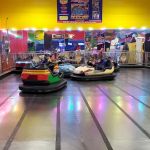 Fun Station USA4.0 (650 reviews)
Fun Station USA4.0 (650 reviews) Tornado Acro Gymnastics & Martial Arts Sport Club4.0 (8 reviews)
Tornado Acro Gymnastics & Martial Arts Sport Club4.0 (8 reviews) Are Trampoline Parks Safe for Kids? Essential Guide for U.S. Parents
Are Trampoline Parks Safe for Kids? Essential Guide for U.S. Parents How Often Should You Replace Trampoline Springs? Tips for Proper Maintenance
How Often Should You Replace Trampoline Springs? Tips for Proper Maintenance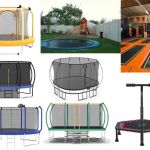 How Much Is a Trampoline? A Detailed Guide to Trampoline Costs and Buying Tips
How Much Is a Trampoline? A Detailed Guide to Trampoline Costs and Buying Tips Bounce Techniques for Stronger Legs: Effective Exercises and Tips
Bounce Techniques for Stronger Legs: Effective Exercises and Tips Essential Music Gear for Trampoline Dance: Complete Guide
Essential Music Gear for Trampoline Dance: Complete Guide Fun STEM Experiments Using Trampolines to Spark Curiosity and Learning
Fun STEM Experiments Using Trampolines to Spark Curiosity and Learning